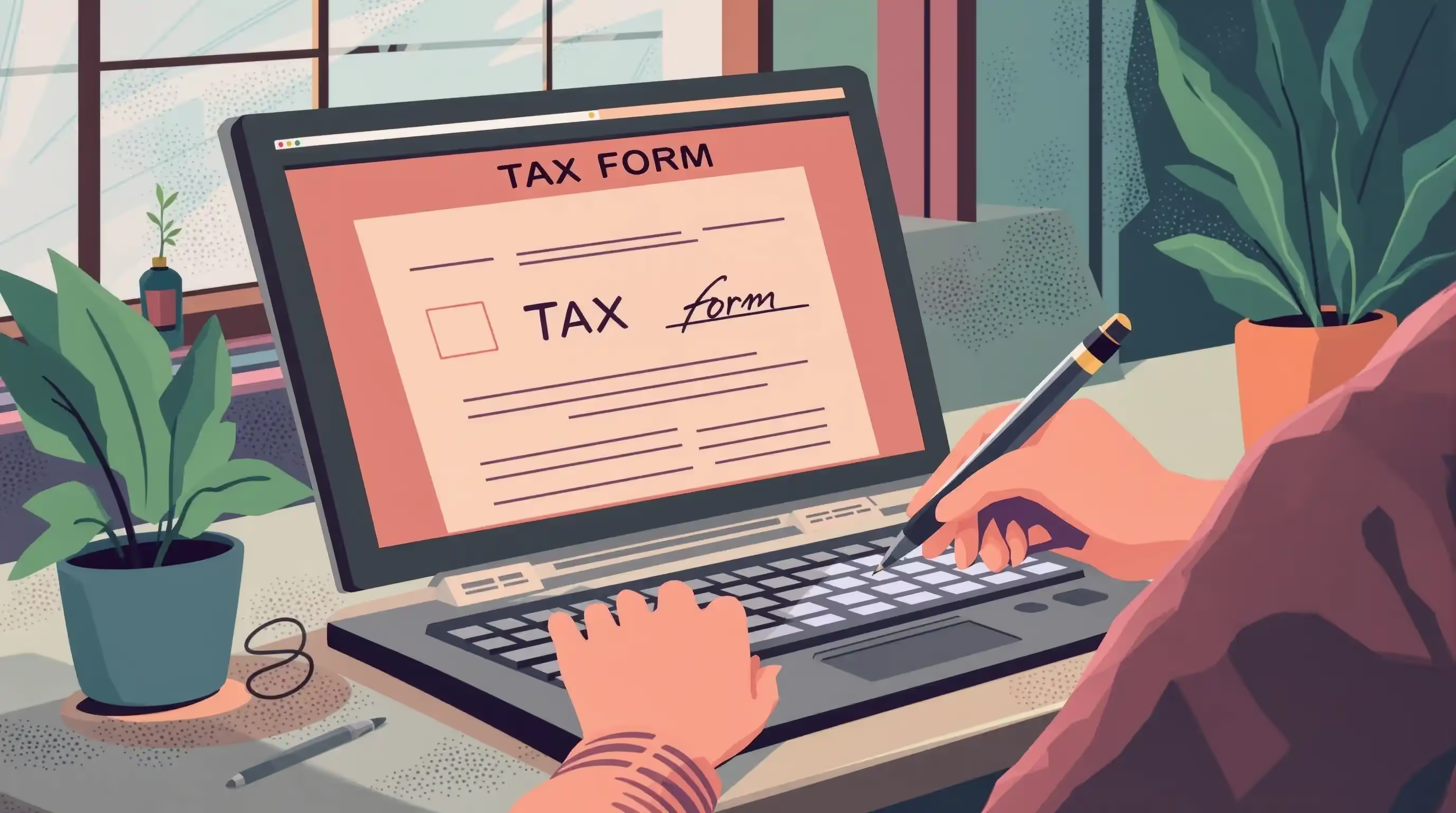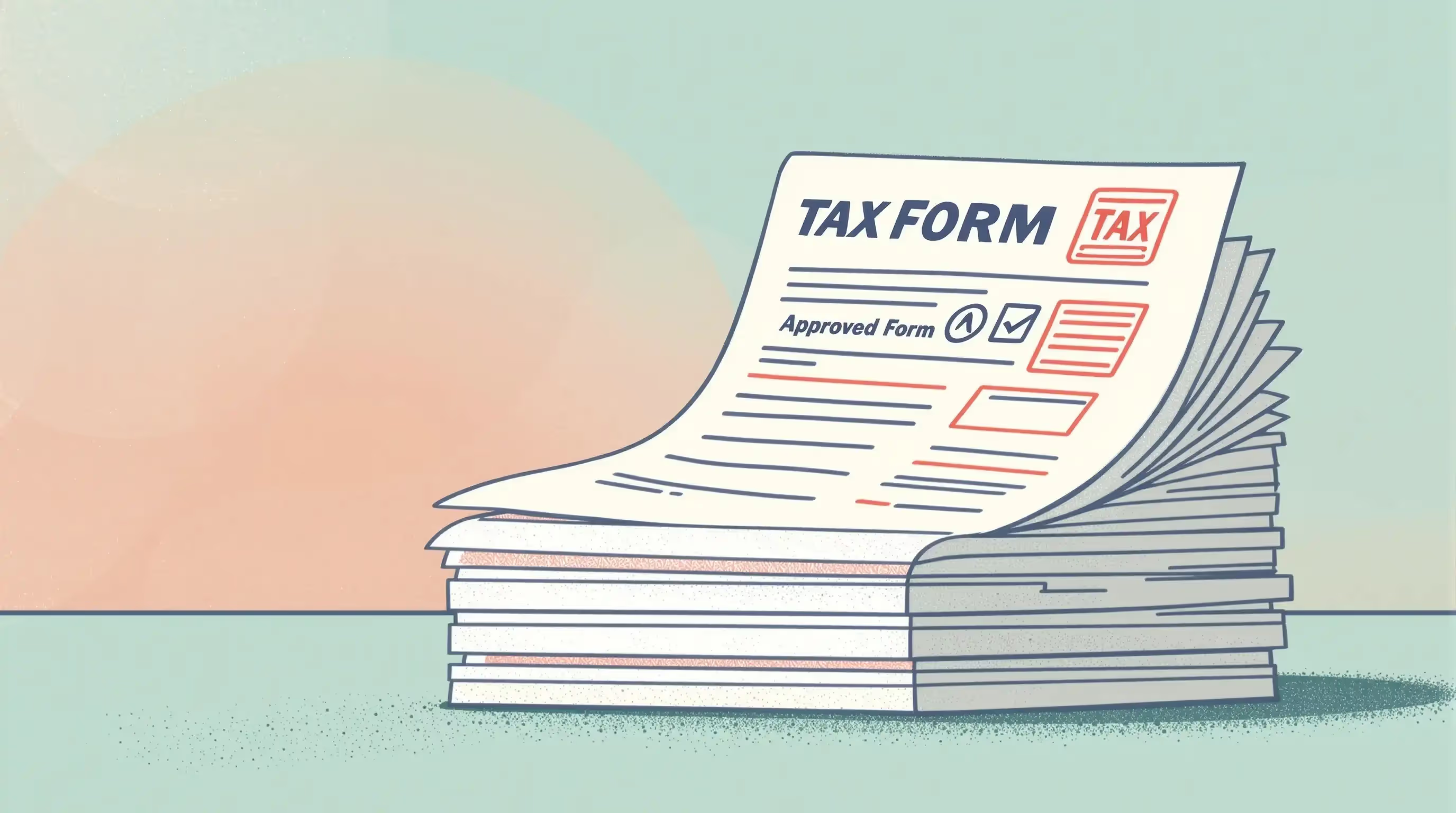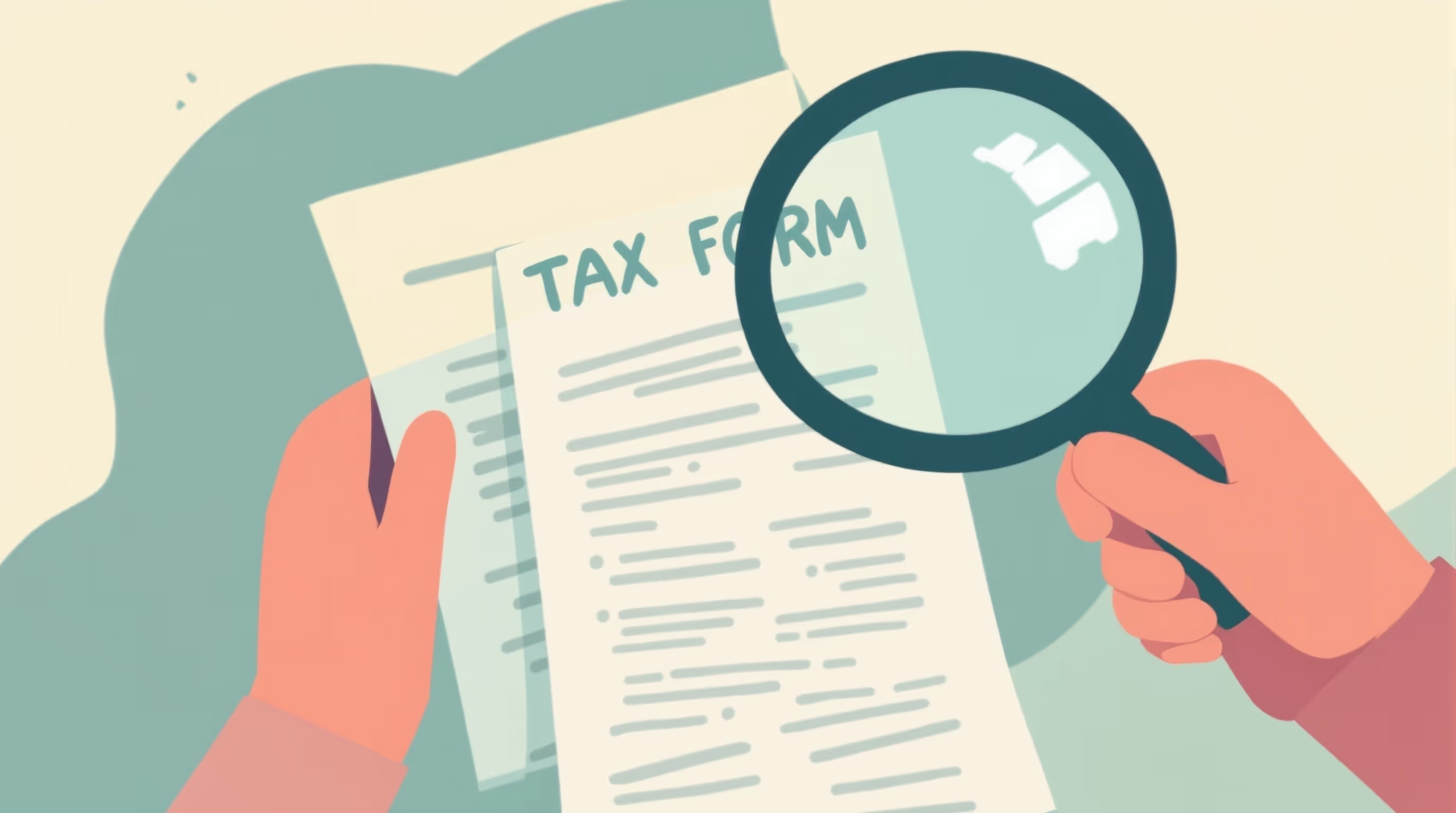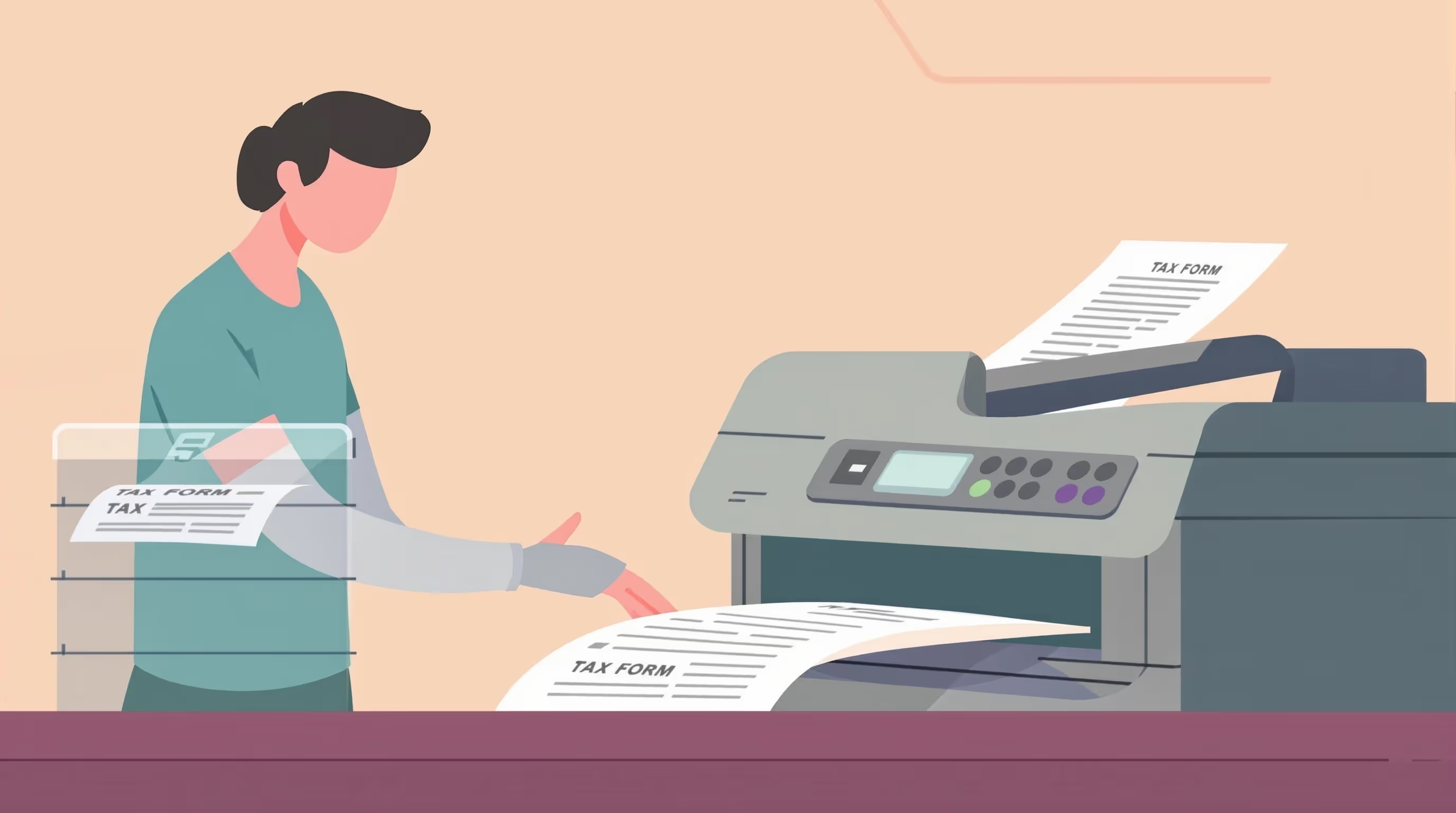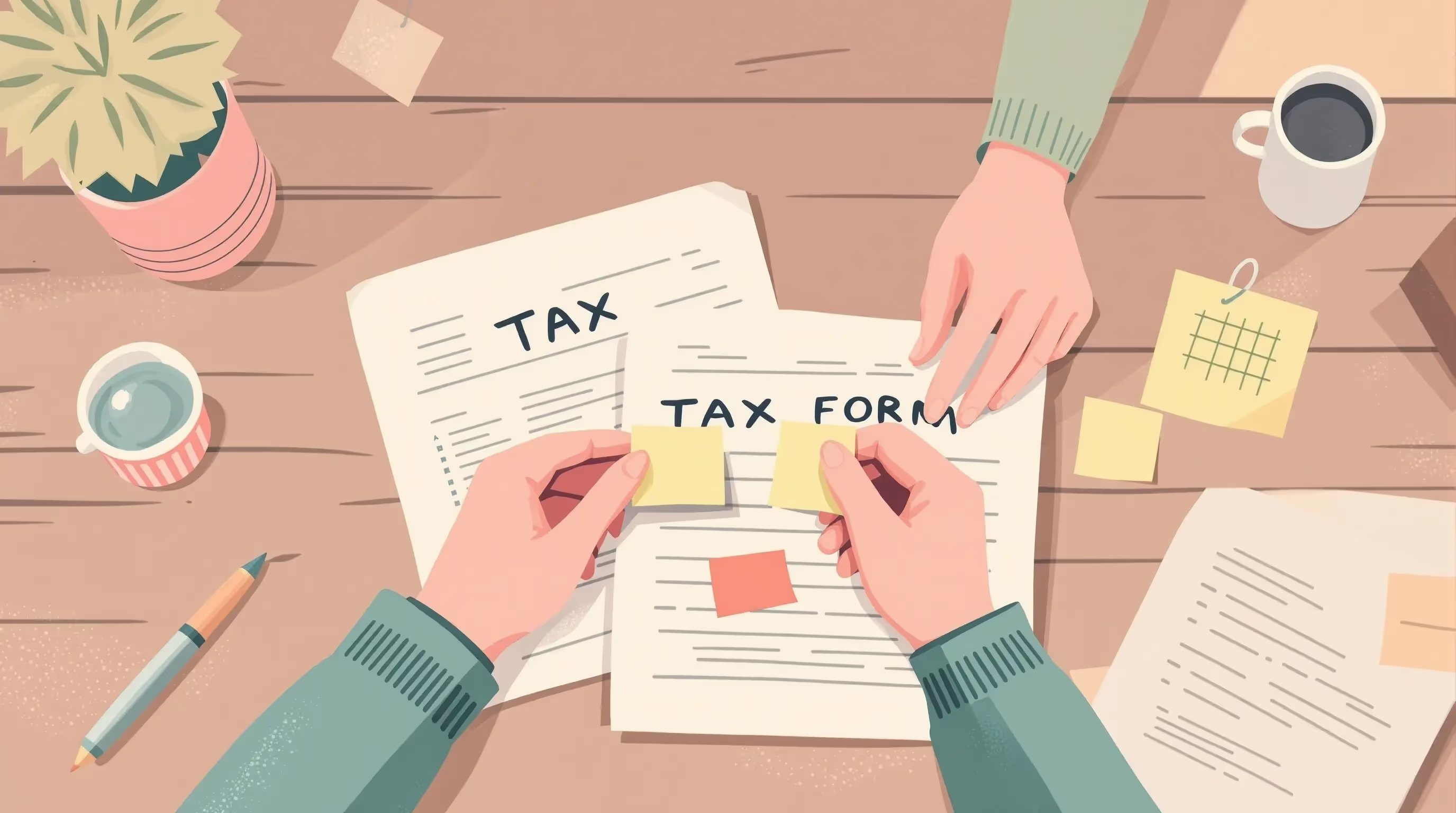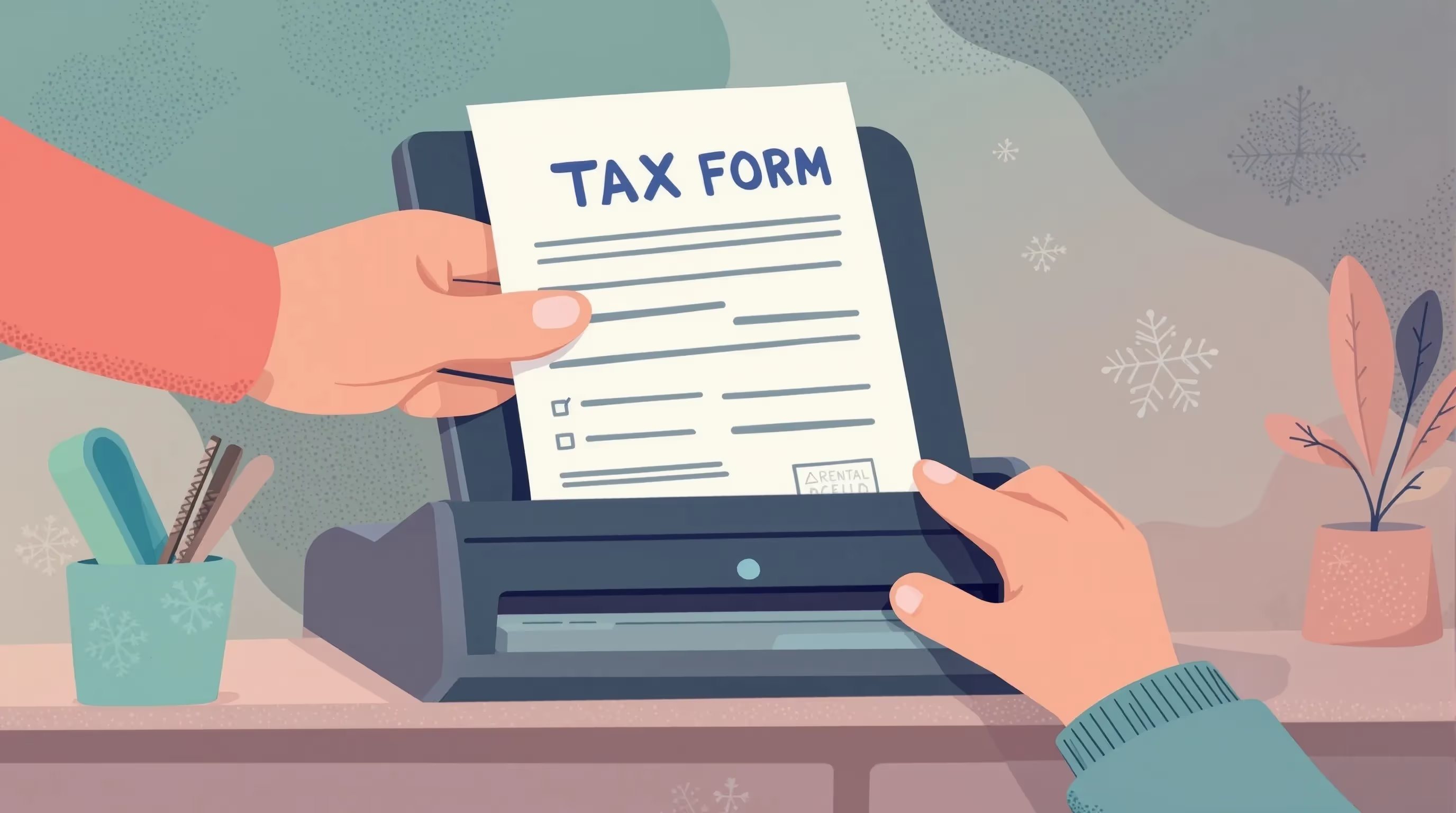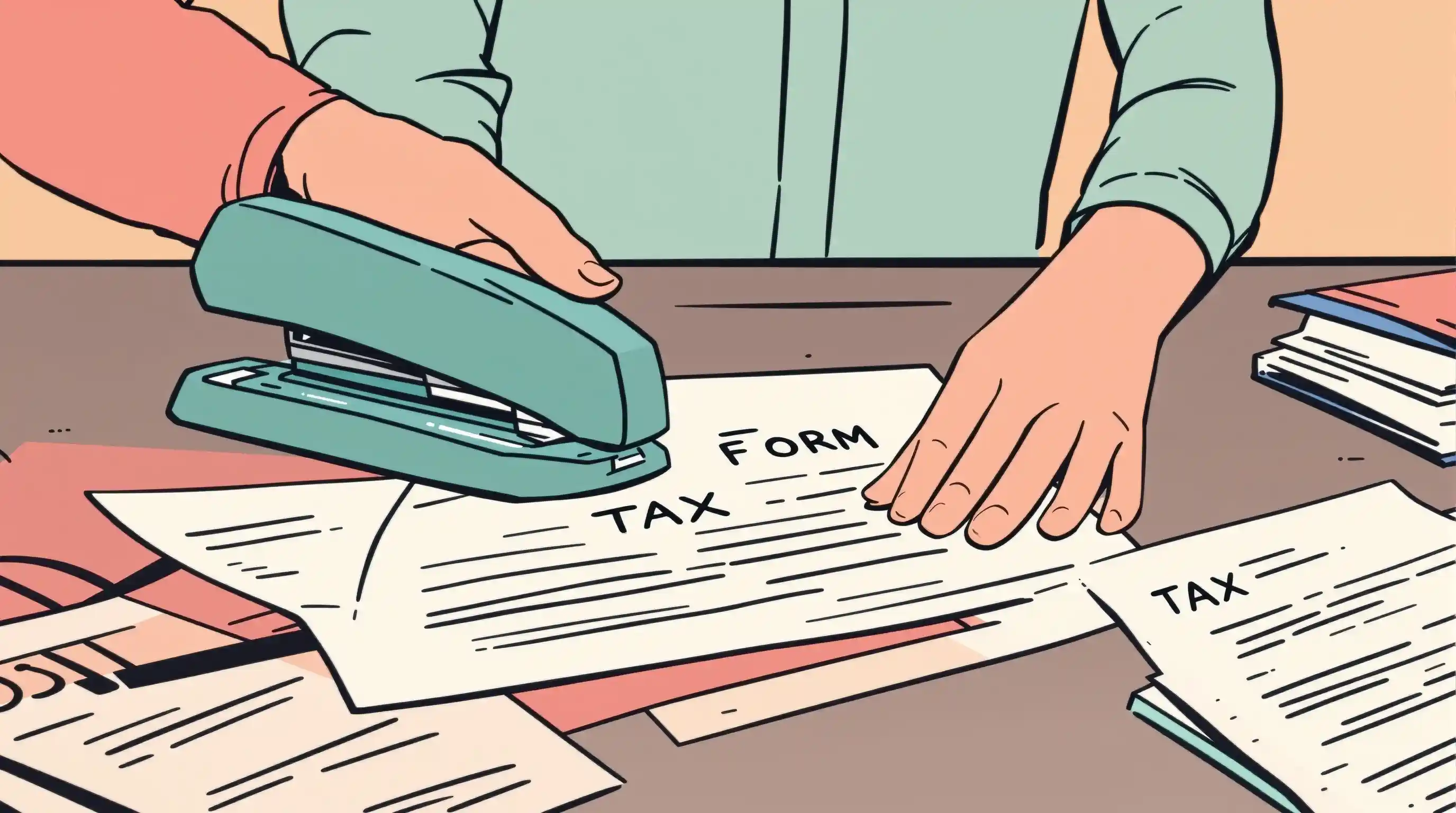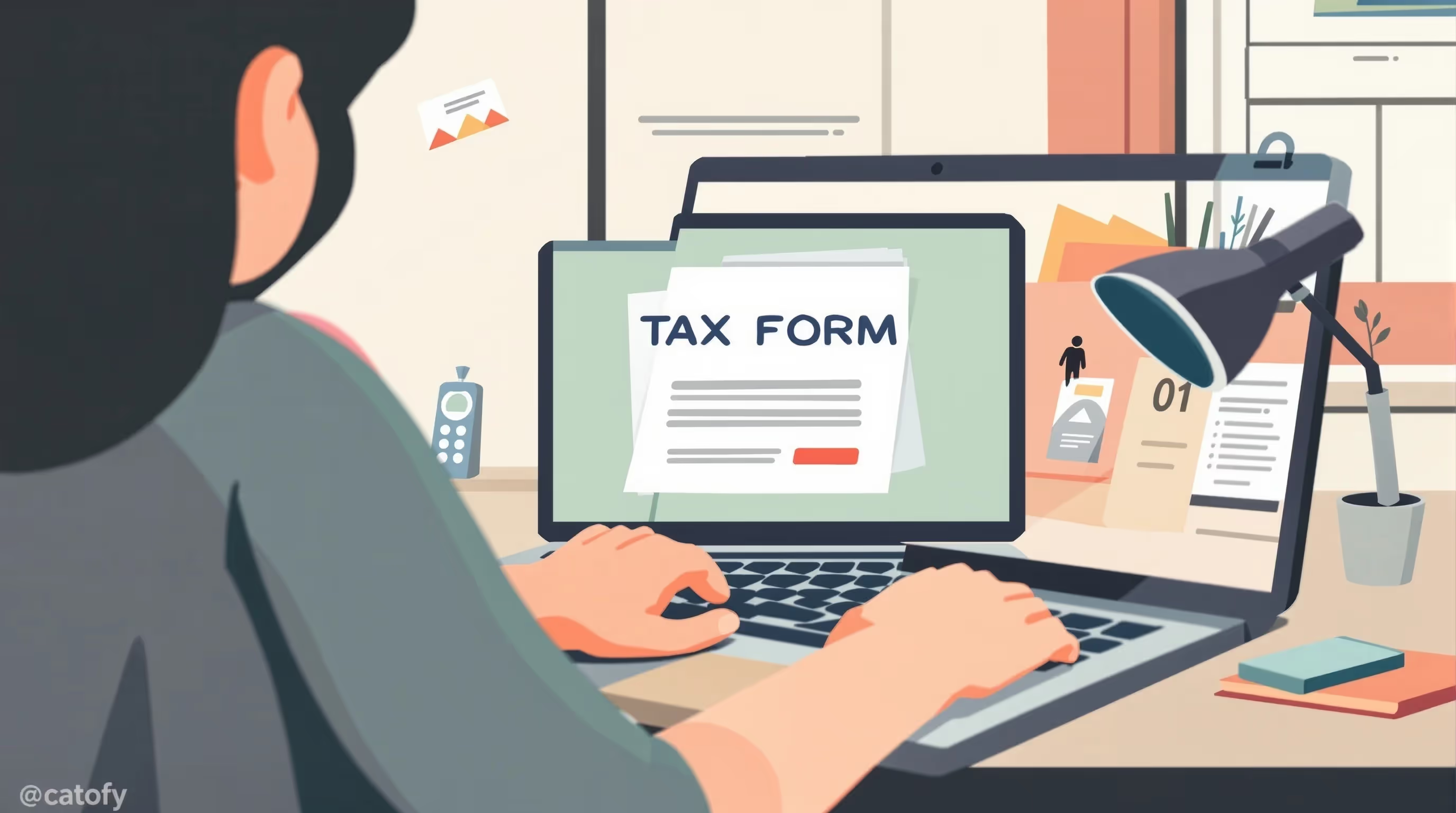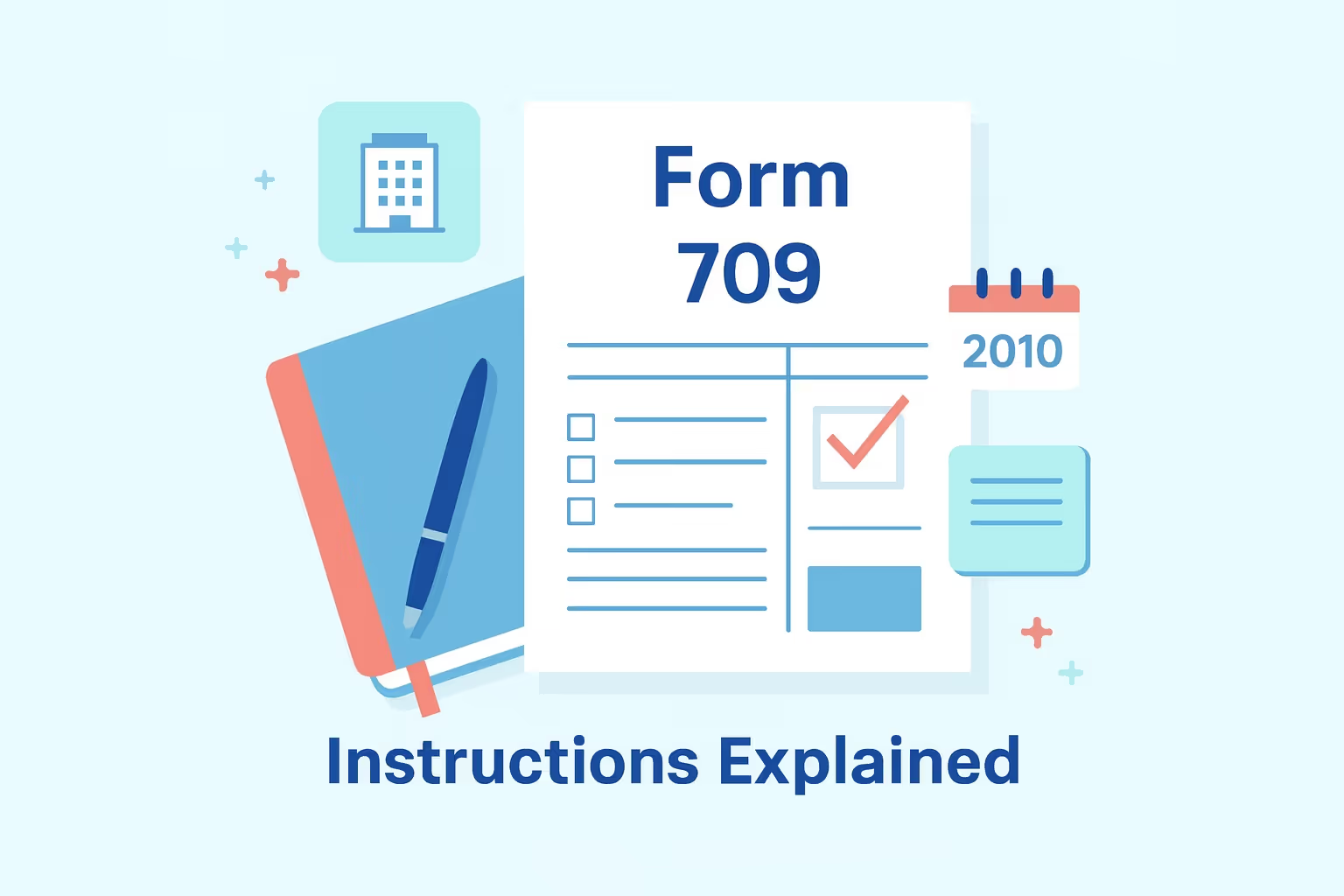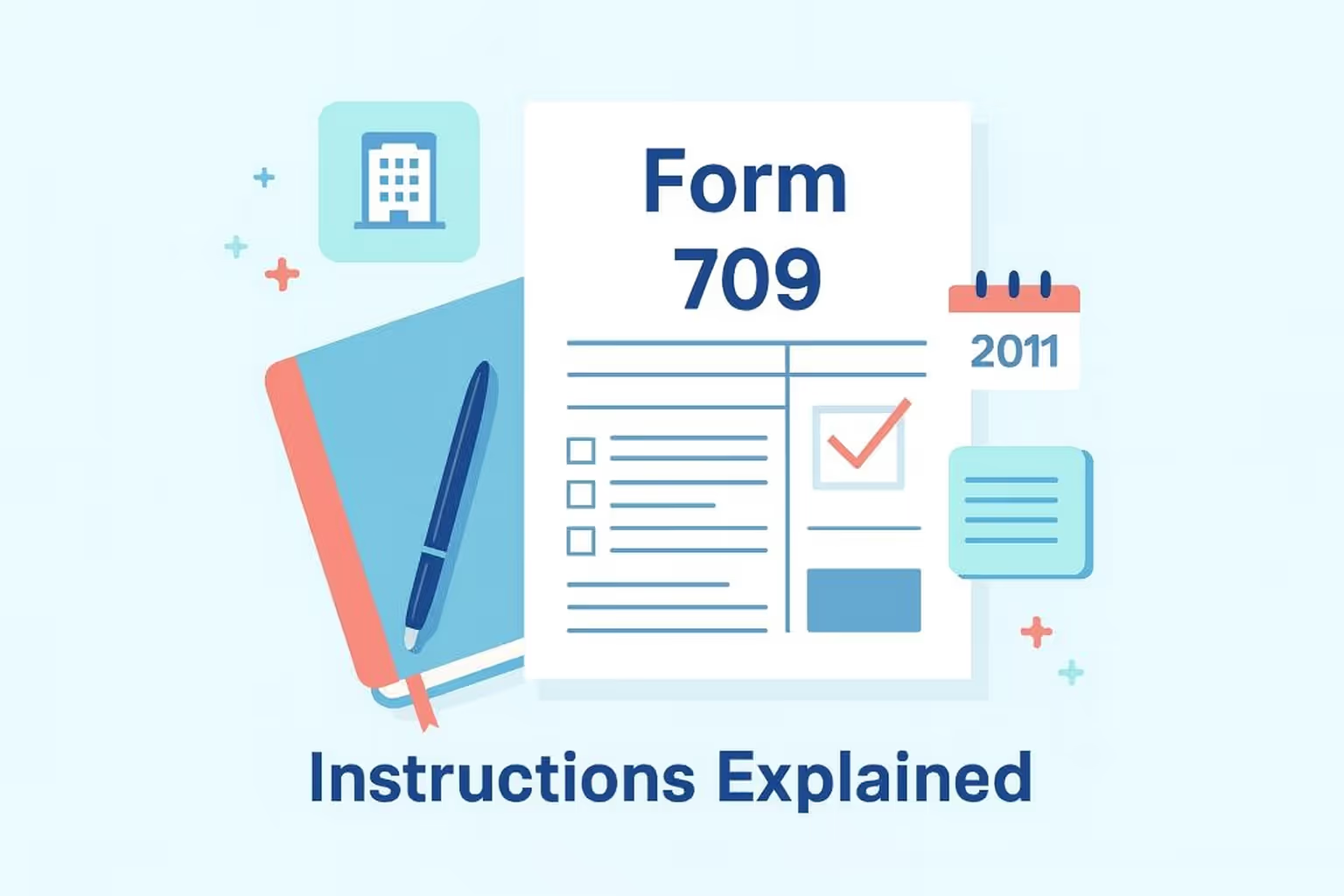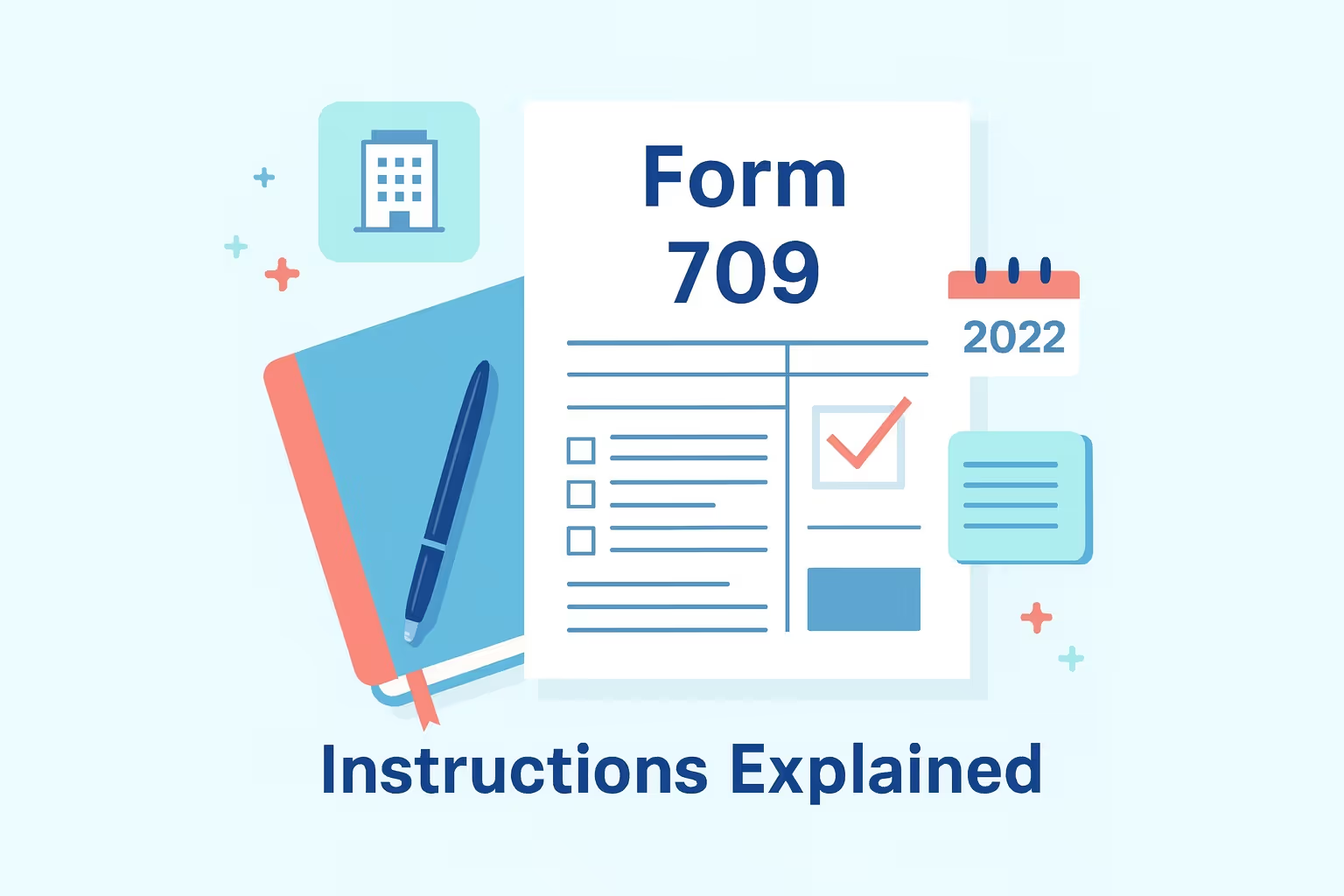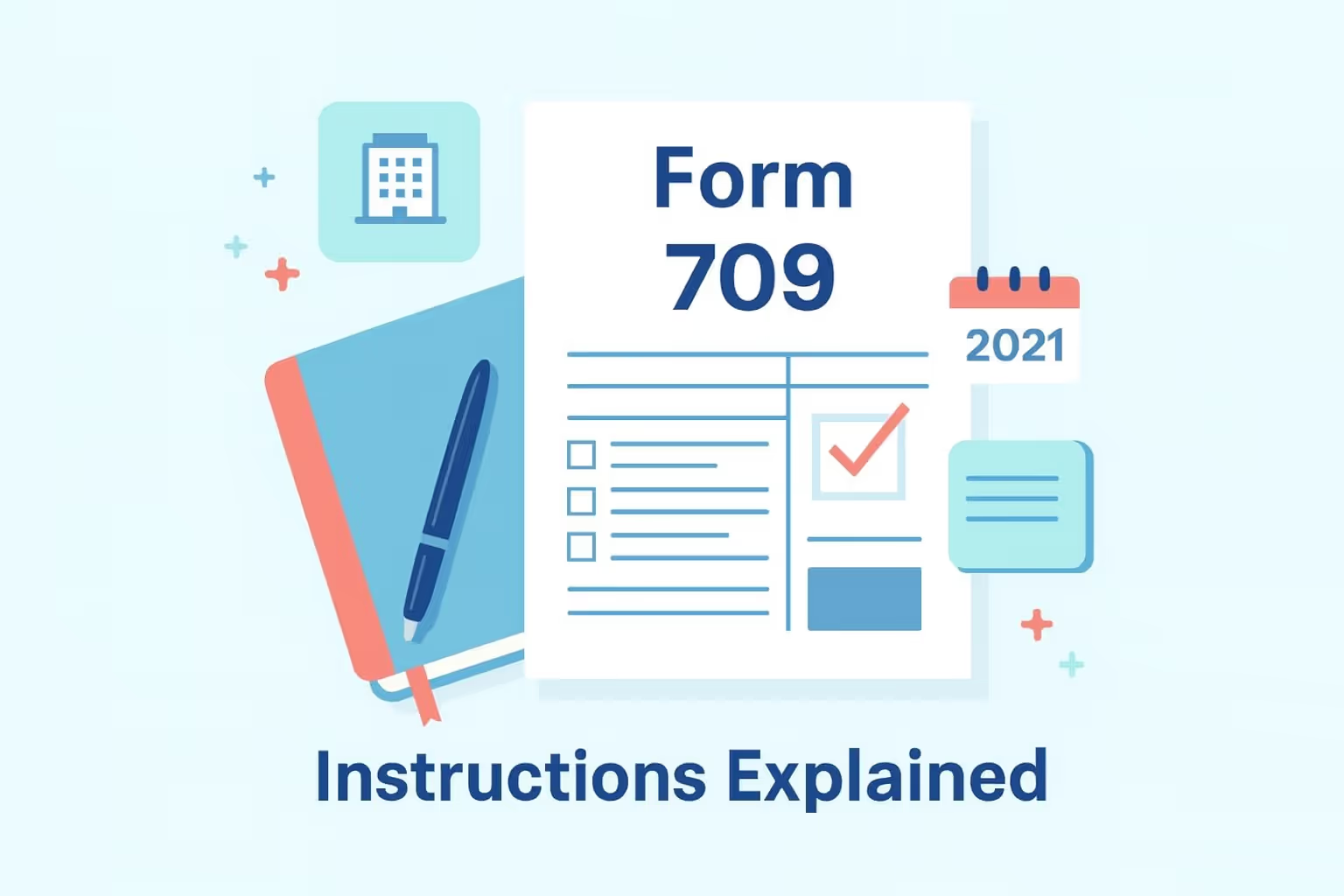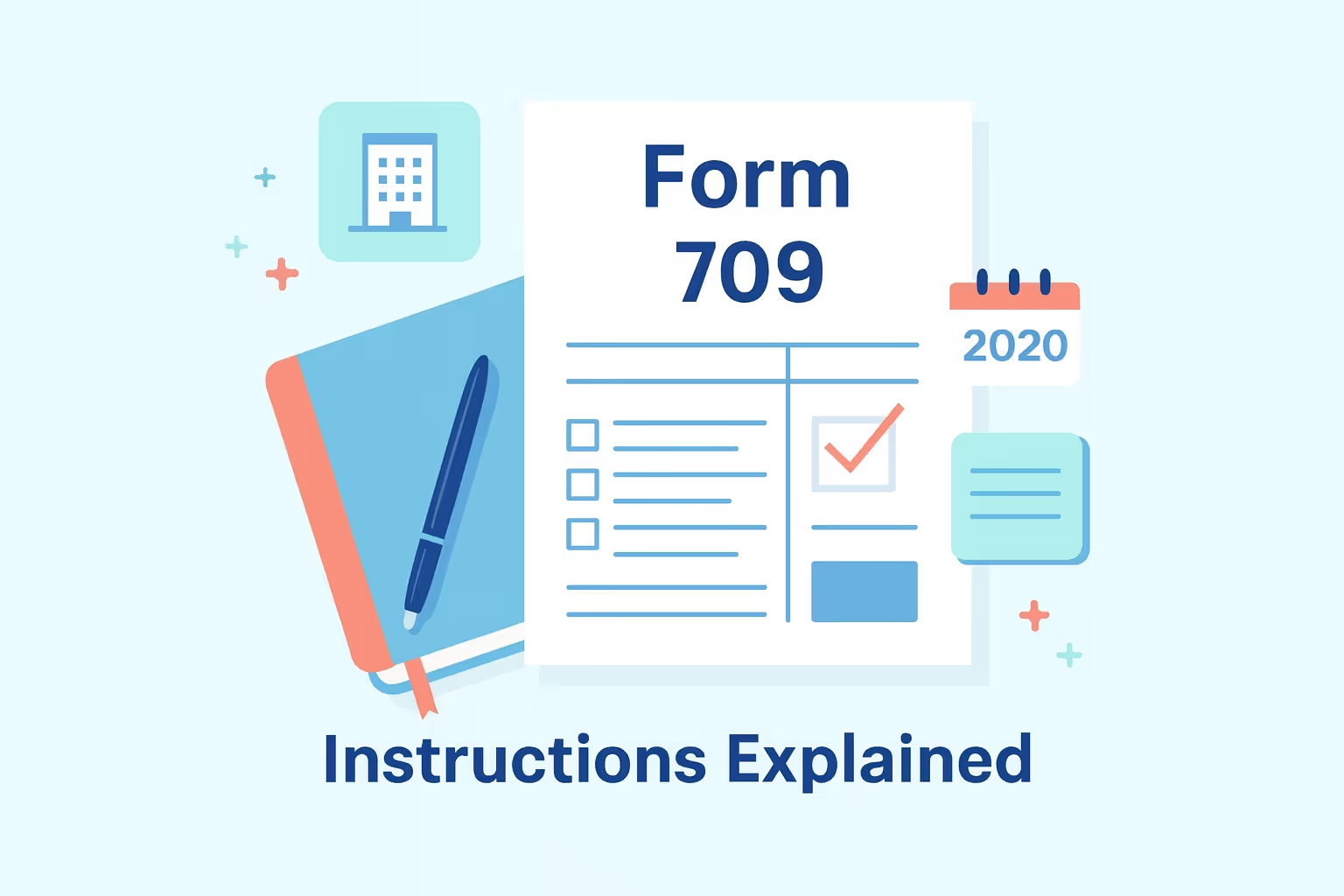
What IRS Form 709 (2016) Is For
IRS Form 709 (2016) is the United States Gift (and Generation-Skipping Transfer) Tax Return used to report gifts and certain generation-skipping transfers made during the 2016 tax year. The form helps the Internal Revenue Service determine when the federal gift tax applies and how much lifetime gift tax exemption remains available. Individuals must file Form 709 when taxable gifts exceed the annual gift tax exclusion or make transfers subject to generation-skipping transfer tax rules.
When You’d Use Form 709 for 2016 (Late or Amended Filing)
You would use IRS Form 709 (2016) when you must report gifts that were not disclosed or correct errors in a prior filing. Taxpayers often file a late gift tax return when they realize a transfer exceeded the annual exclusion amount or involved only a partial interest in property transferred. Amended filings are common when valuations change, future interests must be reported, or when taxpayers adjust gift-splitting elections. If no federal gift tax is due, penalties may not apply, but the IRS still requires filing to maintain accurate taxable gift reconciliation records.
Key Rules or Details for 2016
- Annual Gift Tax Exclusion: The 2016 annual exclusion amount was $14,000 per recipient. Gifts below this amount were considered tax-free gifts for gift tax purposes.
- Lifetime Gift Tax Exemption: The lifetime exemption in 2016 was $5,450,000, which counted toward federal gift taxes and the unified credit used for estate tax exemption calculations.
- Generation Skipping Transfer Tax: A separate generation skipping transfer tax applies to certain gifts made to grandchildren or unrelated individuals more than one generation below the donor.
- Deceased Spousal Unused Exclusion: The deceased spousal unused exclusion allowed a surviving spouse to claim the remaining lifetime limit of a deceased spouse through proper estate tax, gift, and GST tax filings.
- Transfer Tax Coordination: Form 709 recorded all transfers affected by gift and generation-skipping transfer tax rules, ensuring that gift tax calculations matched the total gift and estate tax owed during a person's life.
Browse more tax form instructions and filing guides in our Forms Hub.
Step-by-Step (High Level)
Step 1: Gather Documentation
Collect all 2016 records showing property transferred, appraisals establishing fair market value, and prior gift tax returns. Include details for gifts that qualify for tax-free treatment or involve qualifying charities or political organizations.
Step 2: Complete Form 709 (2016)
Use the correct 2016 version, ensuring all reportable gifts are properly listed for federal gift tax purposes. Include gifts exceeding the annual exclusion and all generation-skipping transfers or future interests.
Step 3: Attach Required Schedules
Prepare the required schedules to disclose taxable gifts, generation-skipping transfers, and deceased spousal unused exclusion elections. Ensure each schedule includes valuation methods and qualified appraisal documentation, as required by the IRS Form 709 instructions.
Step 4: Submit Properly
Mail the completed gift tax return and payment voucher to the following address: Internal Revenue Service, 333 Pershing Road, Kansas City, MO 64108. The IRS requires you to file Form 709 independently, separate from your income tax return.
Step 5: Maintain Records
Retain copies of your federal gift tax return, qualified appraisals, and any joint gift tax return documentation for at least four years. Keeping records ensures support for future taxable gift reconciliation and lifetime exemption tracking.
Learn more about federal tax filing through our IRS Form Help Center.
Common Mistakes and How to Avoid Them
- Missing Gift Splitting Election: Many taxpayers fail to include spouses’ signatures when electing split gifts. Each spouse must file their return and confirm gift splitting clearly.
- Improper Valuation of Property Transferred: Failing to use fair market value or a qualified appraisal leads to inaccurate tax computation. Always include appraisals for assets such as real estate or closely held stock.
- Incorrect Generation-Skipping Transfer Reporting: Some taxpayers incorrectly classify GST gifts on Schedule A. Direct skips must be reported separately to ensure a correct generation-skipping transfer tax calculation.
- Failure to Report Partial Interests: When you transfer only a partial interest in property, it remains a reportable gift. Always list the entire interest and describe the portion retained.
- Late Filing Without Automatic Extension: While the IRS may extend some deadlines automatically, failing to request an extension can cause penalties. Always file Form 8892 before the due date to keep your gift tax return timely.
Learn more about how to avoid business tax problems in our guide on How to File and Avoid Penalties.
What Happens After You File
Once you file Form 709 for the 2016 tax year, the Internal Revenue Service reviews your return for completeness and accuracy. The IRS generally has three years to assess additional federal gift or generation-skipping transfer tax if properly disclosed. When filing late, interest and penalties accrue only on the unpaid tax. If you cannot pay tax immediately, you may request an installment plan through Form 9465. Keep proof of mailing and correspondence if the IRS requests clarification or documentation related to your gift and GST taxes.
FAQs
How does the annual gift tax exclusion apply to IRS Form 709 (2016)?
The annual gift tax exclusion for 2016 was $14,000 per recipient. If your gifts to the same recipient exceeded this amount, you must report them on IRS Form 709 (2016).
What counts as a generation-skipping transfer for 2016?
A generation-skipping transfer occurs when you give property to someone two or more generations younger, such as a grandchild. Such transfers are subject to separate generation-skipping transfer tax rules.
How does the generation-skipping transfer tax affect taxable gifts?
When transfers skip a generation, the generation-skipping transfer tax applies in addition to the federal gift tax. These taxable gifts must be properly reported to ensure accurate gift and GST tax reconciliation.
How do I handle the deceased spouse's unused exclusion on Form 709?
You may claim your spouse’s unused exclusion by completing the DSUE section of Form 709. This helps extend your lifetime gift tax exemption and estate tax benefits under the unified credit.
How do gift and GST taxes work together under IRS Form 709 (2016)?
Gift and GST taxes are part of the federal transfer tax system. Both apply to reportable gifts exceeding the annual exclusion or involving generation-skipping transfers during the same tax year.
How do I perform a taxable gift reconciliation for 2016?
To reconcile taxable gifts, review all gifts exceeding the annual exclusion amount, apply the correct gift tax rate, and deduct any remaining unified credit from your lifetime exemption total.
When should I file Form 709, and what are the key instructions for Form 709?
File Form 709 by April 15 following the 2016 tax year unless a legal holiday delays the deadline. The IRS instructions for Form 709 clearly explain each schedule, reporting rule, and computation step.







